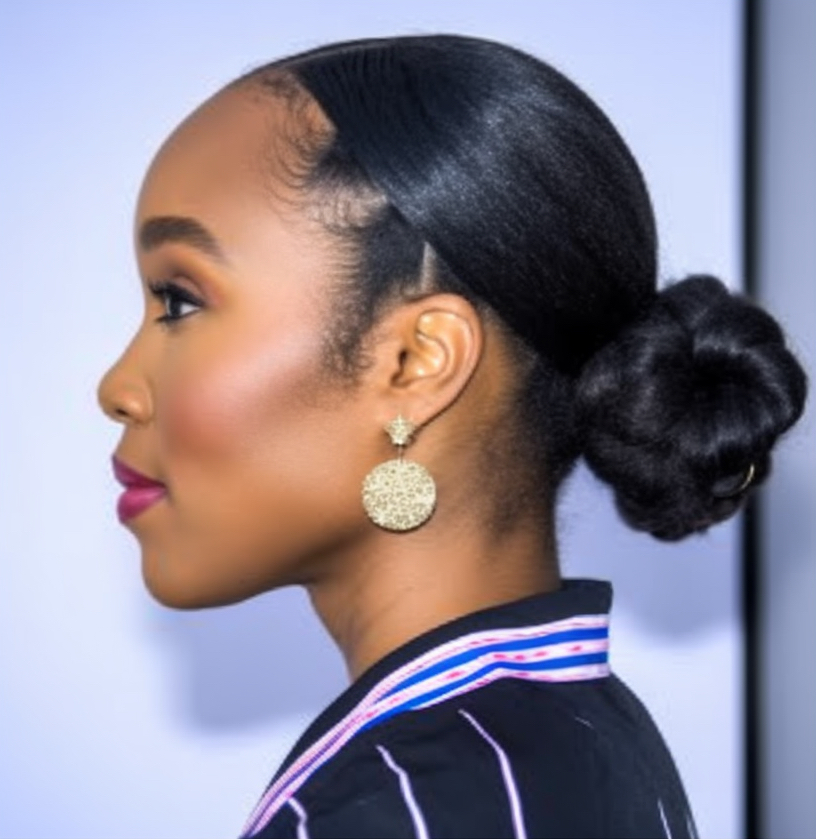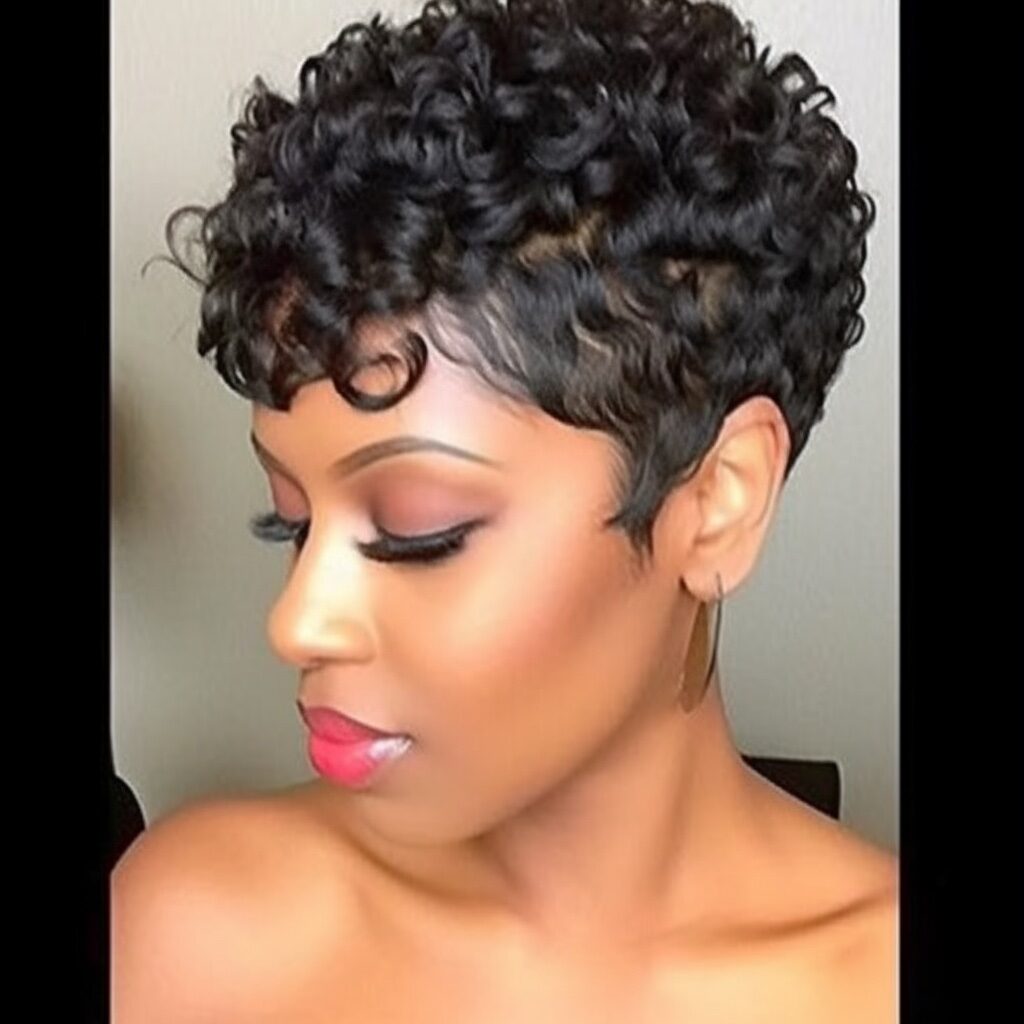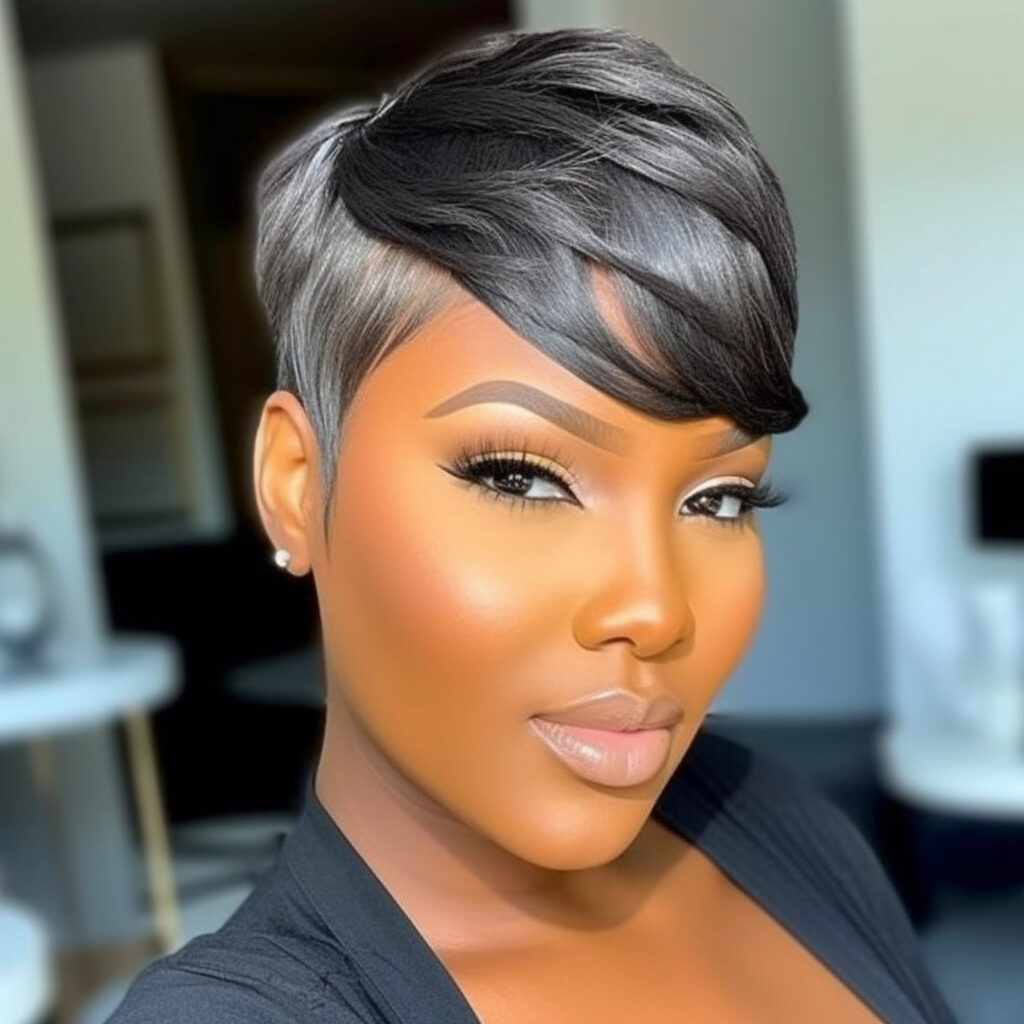Low Porosity Hair
FAQs:
What is low porosity hair?
Low porosity hair refers to hair with tightly closed cuticles that resist moisture absorption. The cuticles lay flat and compact, making it challenging for moisture and hair products to penetrate the hair shaft. As a result, low porosity hair may often feel dry or product buildup may occur.
What causes low porosity hair?
Low porosity hair can be genetic or influenced by environmental factors. The tightly closed cuticles are usually a natural characteristic of the hair strand, which inhibits moisture from entering the hair shaft. Additionally, excessive use of heat-styling tools, overuse of heavy hair products, and certain chemical treatments can contribute to low porosity hair.
How can I tell if I have low porosity hair?
Some common signs of low porosity hair include slow absorption of water when wetting the hair, products sitting on top of the hair instead of absorbing, and difficulty in achieving long-lasting moisture. Low porosity hair may also take longer to dry and can be prone to product buildup.
How can I care for low porosity hair?
Caring for low porosity hair involves using techniques and products that encourage moisture penetration and minimize product buildup. Here are some tips:
- Pre-poo with heat: Apply a lightweight oil or conditioner to the hair before washing and use a warm towel or a heat cap to create heat. This helps to open up the cuticles and allows for better moisture absorption during the washing process.
- Use warm water: Wash low porosity hair with warm water, as it helps to open up the cuticles and allows for better penetration of moisturizing products. Finish with a cool water rinse to help seal the cuticles and retain moisture.
- Clarify regularly: Product buildup can be more common in low porosity hair. Regularly clarify your hair with a clarifying shampoo to remove excess product residue and allow for better moisture absorption.
- Use lightweight products: Opt for lightweight and water-based moisturizers, leave-in conditioners, and styling products that won’t weigh down the hair or cause buildup. Look for products that are formulated specifically for low porosity hair.
- Deep condition with heat: Incorporate regular deep conditioning treatments using a moisturizing conditioner or hair mask. Apply the conditioner, cover your hair with a shower cap or plastic wrap, and use a gentle heat source like a hooded dryer or a warm towel to help the product penetrate the hair shaft.
- Avoid heavy oils and butters: While low porosity hair needs moisture, avoid using heavy oils and butters that can sit on the hair and create buildup. Opt for lighter oils like argan oil or jojoba oil that can penetrate the hair shaft more easily.
- Protective styling: Consider protective hairstyles like braids, twists, or updos that can help retain moisture and minimize manipulation of the hair.
The concept of hair porosity has gained attention in recent years as people become more aware of the unique characteristics and needs of different hair types. Understanding and addressing low porosity hair has become an important aspect of hair care, with various products and techniques developed specifically for this hair type.
Products Needed:
- Lightweight clarifying shampoo
- Moisturizing conditioner
- Lightweight leave-in conditioner
- Water-based moisturizers
- Lightweight oils (such as argan oil or jojoba oil)
- Deep conditioning treatment
- Heat source (hooded dryer or warm towel)
- Protective styling tools (hair ties, clips, etc.)
Tutorial:
- Begin by pre-pooing your hair with a lightweight oil or conditioner. Apply the product to damp hair, cover your hair with a warm towel or use a heat cap
, and leave it on for about 15-30 minutes to allow the heat to open up the cuticles.
- Rinse your hair with warm water to further open the cuticles and remove any excess pre-poo product.
- Apply a clarifying shampoo to cleanse the hair and scalp, focusing on the roots and working your way to the ends. Rinse with warm water.
- Follow up with a moisturizing conditioner, focusing on the mid-lengths and ends of the hair. Leave the conditioner on for a few minutes before rinsing with cool water to seal the cuticles.
- After rinsing out the conditioner, apply a lightweight leave-in conditioner to damp hair to provide additional moisture.
- Section your hair and apply a water-based moisturizer or styling product of your choice, ensuring even distribution from roots to ends.
- For a deep conditioning treatment, apply a moisturizing hair mask or conditioner to your hair, cover it with a shower cap or plastic wrap, and use a gentle heat source such as a hooded dryer or a warm towel. Leave it on for the recommended time on the product label, then rinse with cool water.
- Style your hair as desired, keeping in mind that low porosity hair benefits from protective styling and lightweight products.
Remember, everyone’s hair is unique, and it may take some trial and error to find the best products and techniques for your low porosity hair. Be patient and consistent with your hair care routine, and pay attention to how your hair responds to different products and practices.




